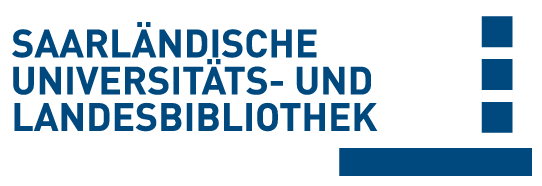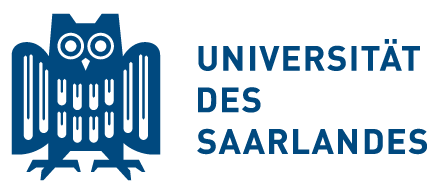Please use this identifier to cite or link to this item:
Volltext verfügbar? / Dokumentlieferung
doi:10.22028/D291-32760 | Title: | Highly coordinated mechanical motion mediated by the microtubule cytoskeleton is a pivotal element of de-novo symmetry breaking in hydra spheroids |
| Author(s): | Sander, Heike Pasula, Aravind Sander, Mathias Giri, Varun Terriac, Emmanuel Lautenschläger, Franziska Ott, Albrecht |
| Language: | English |
| Publisher/Platform: | bioRxiv |
| Year of Publication: | 2020 |
| Publikation type: | Other |
| Abstract: | The establishment of polarity in cells and tissues is one of the first steps in multicellular development. The ‘eternal embryo’ hydra can completely regenerate from a disorganised cell cluster or a small fragment of tissue of about 10,000 cells. During regeneration, the cells first form a hollow cell spheroid, which then undergoes de-novo symmetry breaking to irreversibly polarise. Here, we address the symmetry-related shape changes. Prior to axis establishment, the spherical aggregates of regenerating cells show highly coordinated mechanical oscillations on several timescales that are isotropic in space. There are transient periods of fluctuations in defined arbitrary directions, until these undergo a clearly identified irreversible transition to directed fluctuations along the future main axis of the regenerating hydra. Stabilised cytosolic actin structures disappear during the de-novo polarisation, while polymerised microtubules remain. Drugs that depolymerise actin filaments accelerate the symmetry breaking process, while drug-stabilised actin filaments prevent it. Nocodazole-depolymerised microtubules prevent symmetry breaking, but it can be rescued by the microtubule-stabilising drug paclitaxel at concentrations where microtubular structures start to reappear. We discuss the possibility that these mechanical fluctuations induce the orientation of the microtubules, which contribute to β-catenin nuclear translocation, to increase the organiser-forming-potential of the cells. Our data suggest that in regenerating hydra spheroids, the biomechanical shape fluctuations are an integral part of the cooperative polarisation of the self-organising hydra, during which microtubules play a pivotal role. |
| DOI of the first publication: | 10.1101/2020.01.14.906115 |
| URL of the first publication: | https://www.biorxiv.org/content/10.1101/2020.01.14.906115v1 |
| Link to this record: | hdl:20.500.11880/30112 http://dx.doi.org/10.22028/D291-32760 |
| Date of registration: | 1-Dec-2020 |
| Notes: | Preprint |
| Faculty: | NT - Naturwissenschaftlich- Technische Fakultät |
| Department: | NT - Physik |
| Professorship: | NT - Jun.-Prof. Dr. Franziska Lautenschläger |
| Collections: | SciDok - Der Wissenschaftsserver der Universität des Saarlandes |
Files for this record:
There are no files associated with this item.
Items in SciDok are protected by copyright, with all rights reserved, unless otherwise indicated.

